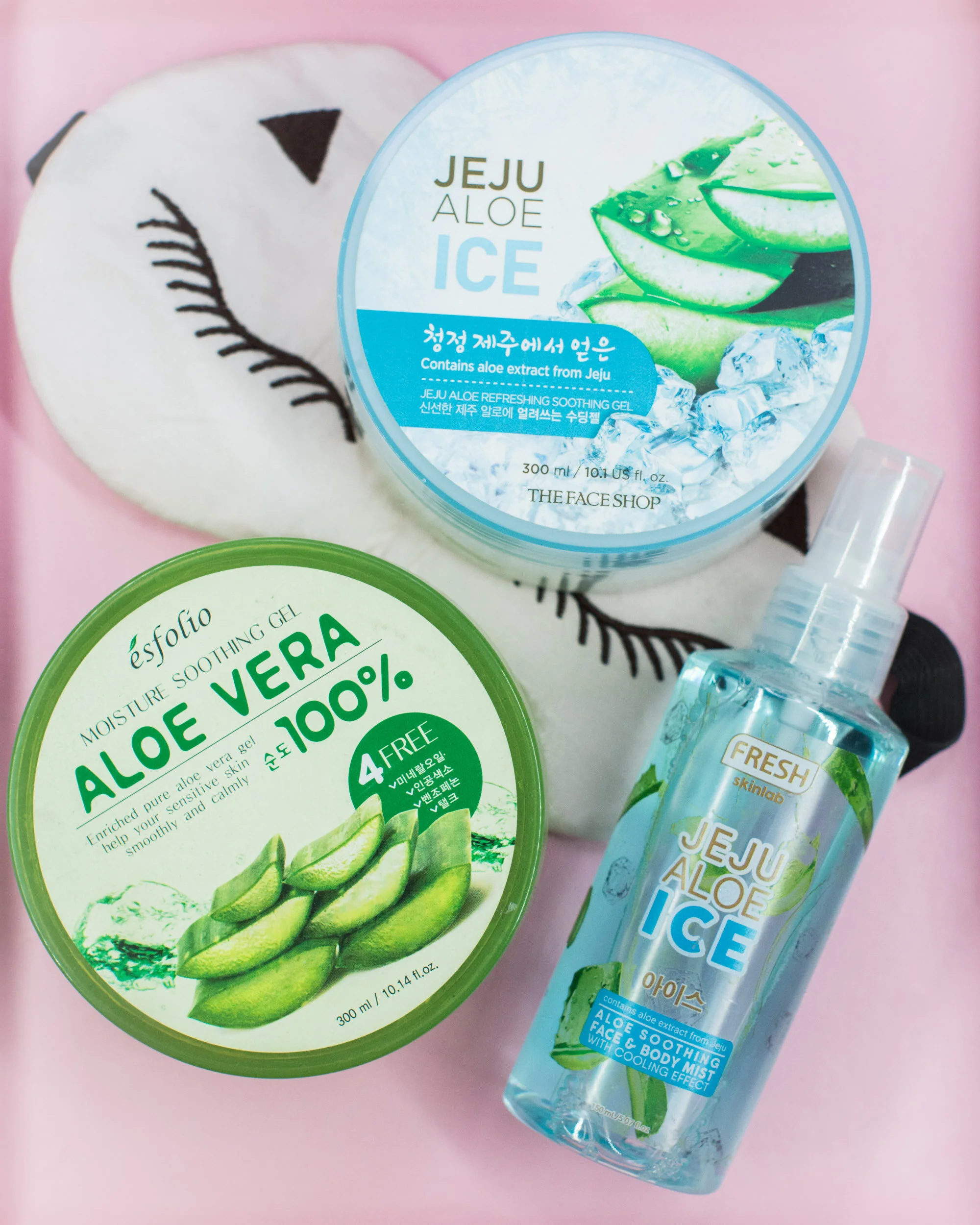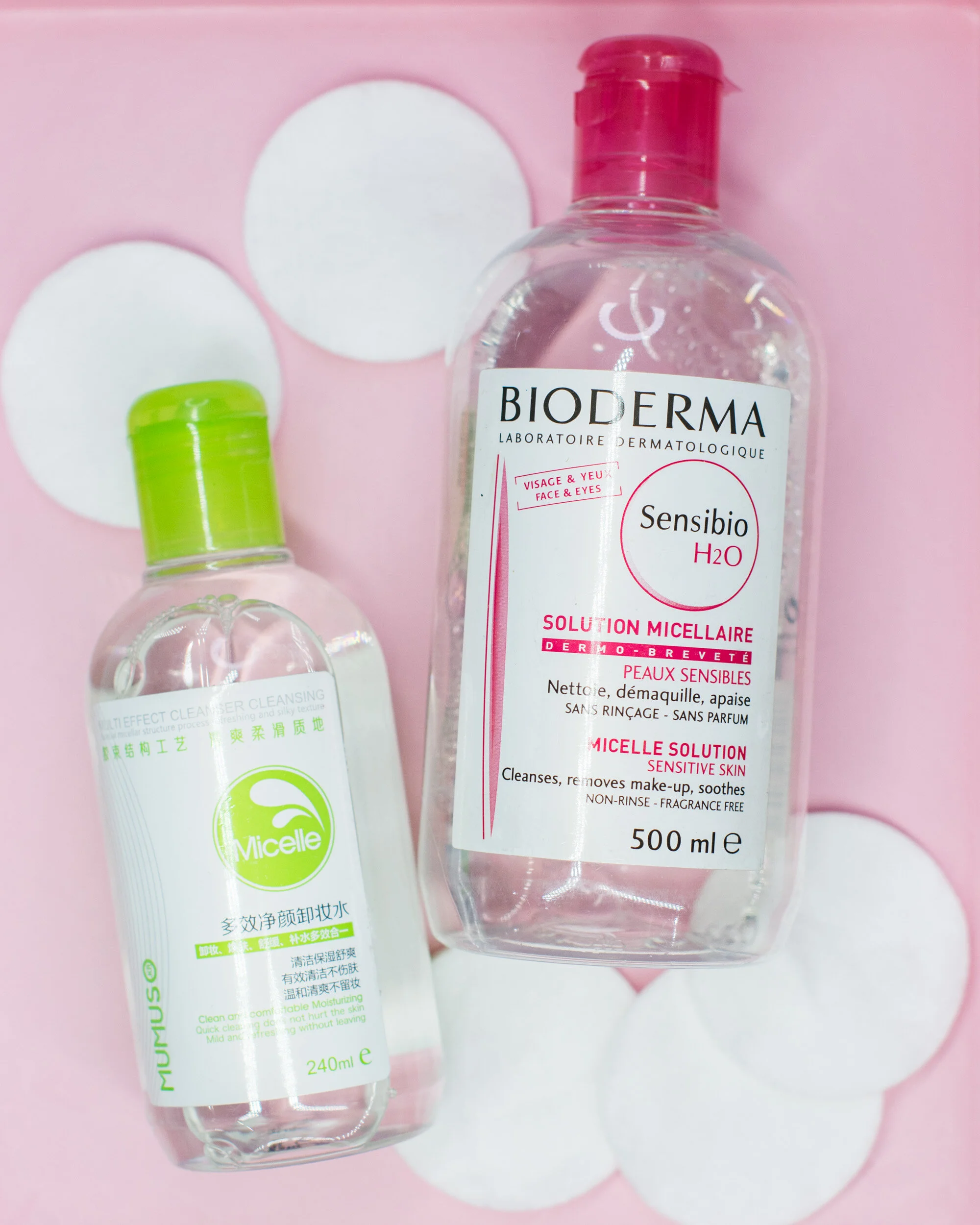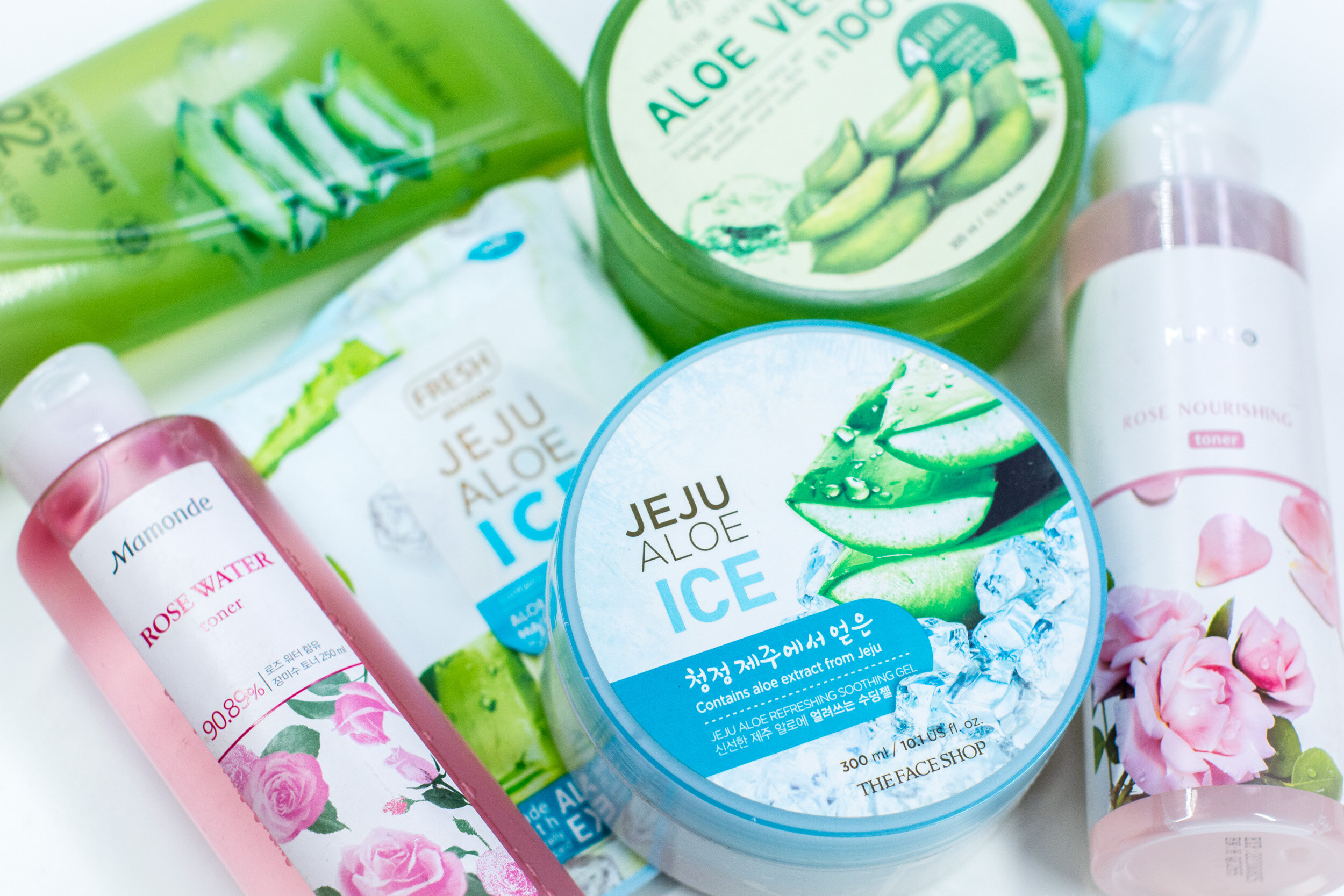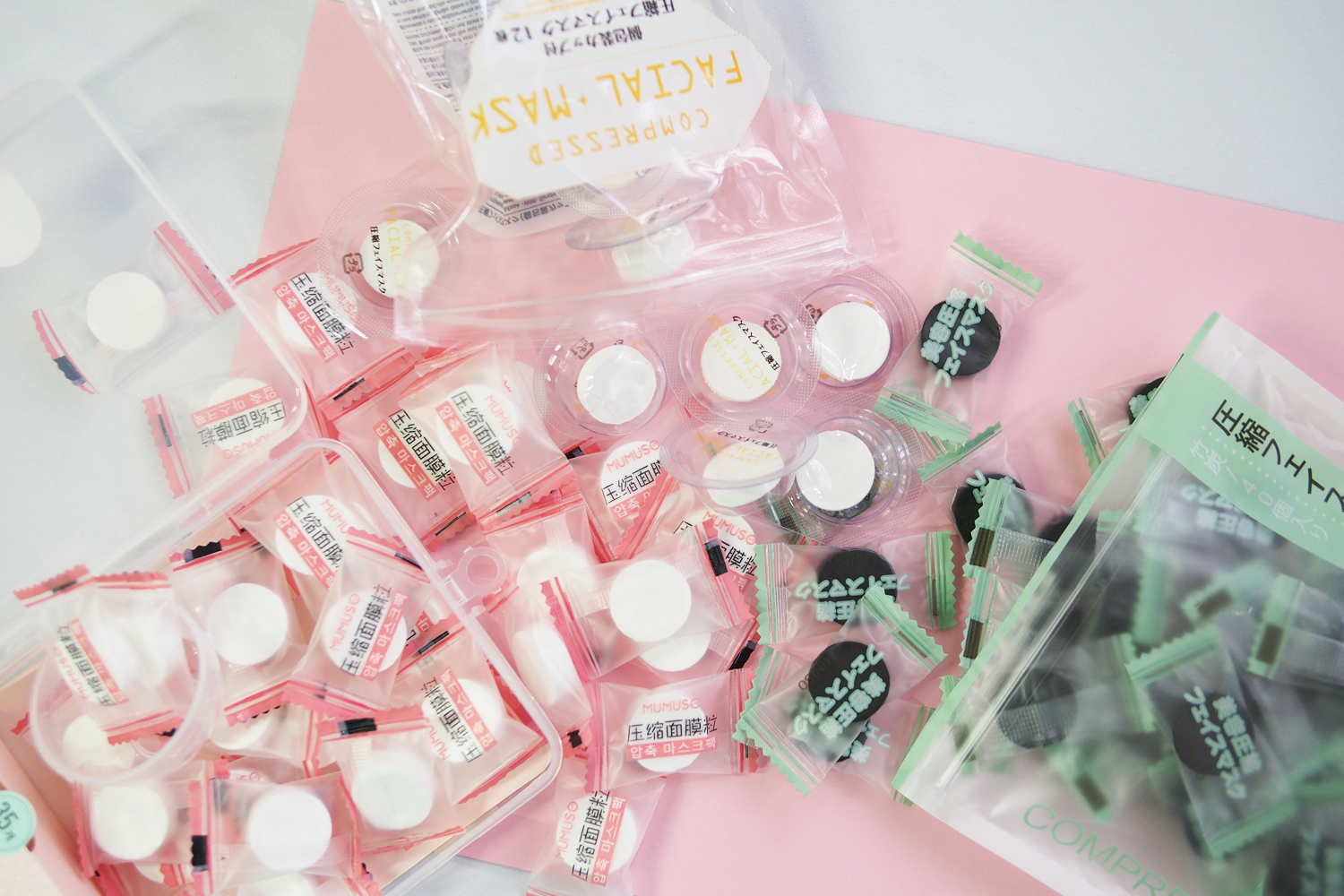Copycat products: Why this happens, and if you should be concerned
You’ve probably bought a product based on how attractive its packaging looked. I know I have! Sometimes I feel conned when the product itself turns out to be bad, and its only saving grace is the cute design that initially lured me into purchasing. Indeed, the beauty industry is very competitive and they have to do whatever it takes to keep their customers interested.
In many cases, a product’s packaging is what makes or breaks our decision to buy a product. Well-designed packaging not only attracts customers because of the aesthetics, it also tells customers of the brand’s credibility. A good brand invests in their packaging to establish their identity and enhance customer experience, and they can do so in two ways: spend on custom packaging or carefully choose from pre-made packaging.
While it certainly makes sense for companies to have bottles, tubes, and other packaging specially designed for their exclusive use, budget and material limitations can prevent them from choosing this option. Custom packaging is more expensive because each component entails a lot of planning and designing, plus they have to undergo testing to ensure that they can safely contain the product. Production also requires a minimum order quantity in the thousands to make the design cost-efficient.
For smaller brands and startups with limited funds, the costs of creating custom packaging can be too prohibitive so pre-made packaging is a more sensible choice. Because it is ready-made, it follows standardized generic sizes and is inexpensive to procure. Brands then just use custom labels and boxes to give the products the look and feel that their brand espouses. However, having access to the same sort of packaging can result in a copycat trend in beauty products.
An AVG for everyone
Remember when everyone and their second-degree titas used the Nature Republic Aloe Vera Gel? Because the aloe vera gel became such a huge beauty trend, everyone wanted to add it to their beauty routines! Every other Korean brand and Korean-brand wannabes soon came out with their own version, and so did stores like Miniso and Mumuso.
As someone with oily skin, I understood the appeal of AVGs but I stubbornly stuck to the Nature Republic one since I knew them to be the OG that started the trend. But I was honestly very skeptical about the versions by Miniso and Mumuso because their beauty product selections seem to deliberately copy products of other brands. As a regular beauty consumer, it was quite confusing for me to see imitations of popular products from non-beauty companies. Not everyone has the same mindset though, so other customers may think that these versions are just the same as the original.
Many other “legit” beauty companies also used the now-iconic green tub for their own AVGs. They look very similar, but each brand appeals to a different kind of customer. For example, Nature Republic customers may be in it because of the promo deals and the handsome K-idol endorsers. Esfolio markets to a younger crowd looking for quality skincare ingredients. Miniso and Mumuso usually appeal to a market looking to buy everything they need in a one-stop shop.
Having personally worked with beauty brands before, I’ve encountered people requesting to improve packaging, like turning tubs to tubes, going for sleeker lippie bullets, or changing up a compact design. Unfortunately, it takes a lot of capital to make these changes so some brands will opt to use premade packaging that makes their look easy to copy, rather than raising the prices of their products.
Millennial, minimalist, and pink
When Sunnies Face was first launched, they were called out for having a very similar aesthetic to 3CE and Glossier. I remember agreeing that there were indeed similarities; you could see it in the style of packaging, the jumpsuit staff uniforms, and down to the way models were photographed. The brand admitted that they took inspiration from these brands but, at least in their initial release, they offered very different products from the ones that the other brands were known for.
Glossier and 3CE have big cult followings, and this is where brand perception came into play. These brands were able to build a loyal base through Glossier founder Emily Weiss’ blog Into the Gloss, and 3CE’s fashion mothership, Style Nanda, with its fresh aesthetic and ulzzang models. Following the same aesthetic seemed to place Sunnies in the same hallowed space that Glossier and 3CE occupied even though it was new and yet untested, so I understand why so many of their loyalists came for Sunnies for the alleged copying. It put their beloved brands in perception jeopardy, even though products were different.
Plagiarism vs inspiration
My Literature professor once said that there is no originality left in the world, and to some degree, I concur. We are definitely allowed be inspired by others, and that doesn’t mean that the product is copied. Combining different ideas to create something new isn’t a bad things. There are many brands though toeing the line as plagiarizers in the beauty space. Some products specifically try to look and perform like a more popular product, such as the NARS liquid blush copies that Sam reviewed. Remember that these wannabe products are most likely only able to copy the look of the packaging, not the quality and performance of the OG product.
Brands copying popular concepts make it easy for consumers to understand a beauty product immediately with less explanation than a completely new concept. The beauty industry rarely rewards innovation; it rewards marketing efforts and distribution strategies.
We all have a certain perception of what brands are about, and brands will do their best to ensure that it’s in line with how they want to be perceived. This means going over every detail: from the look of the packaging and marketing collateral, down to things like font choices and styles. Think about your favorite brands. How would you feel if another brand used the same packaging and design elements? Would you think of it as a case similar to the aloe vera gels, or feel defensive of the brand you love? Let’s discuss in the comments section below.
Sources: AdAge, adtaxi, Forbes, How to Buy Packaging








